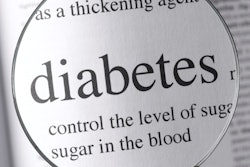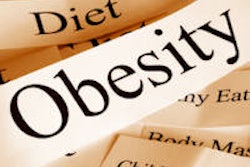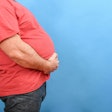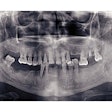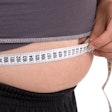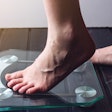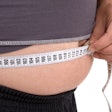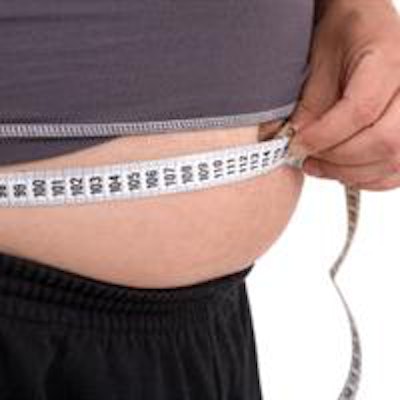
Worldwide, obesity is becoming so prevalent that it can be characterized as an epidemic. It is a chronic health issue that affects more than 500 million people, according to the World Health Organization. The U.S. has a particularly high rate of obesity with more than one-third of the adult population falling into that category, according to the Centers for Disease Control and Prevention. And an increase in the rates of obesity domestically increased across all income and education levels between 1988-1994 and 2007-2008.
Obesity's effects on health are widespread and still being studied. Dentistry has not been spared the impact of obesity on health. Now, a new study published in the Journal of Dental Research could help clinicians refine their treatment plans and set expectations for a portion of their patient population who they will inevitably encounter (January 2014, Vol. 93:1, pp. 49-54).
“The magnitude of this association was similar to that of smoking.”
"Body mass index (BMI) and obesity appear to be independent predictors of poor response following nonsurgical periodontal therapy," wrote the study authors from Eastman Dental Institute in London, Plymouth University in the U.K., and the European Research Group on Periodontology in Italy. They found an association between worse probing pocket depths (PPDs) and obesity that "was similar to that of smoking, which was also linked to a worse clinical outcome (p < 0.01)."
The relevance of their conclusion is increased by the findings of a meta-analysis that found that obese patients are 2.3 times more likely to have periodontitis than a control group of a healthy weight, independent of traditional risk factors (Obesity Reviews, May 2011, Vol. 12:5, pp. e381-e404).
The researchers intended to find out if BMI is a predictor of a patient's response to nonsurgical periodontal treatment for severe periodontitis. To do so, they selected five clinical studies that focused on this type of treatment. All included adult patients who had pocket depths of more than 5 mm and marginal alveolar bone loss greater than 30% affecting over half of their teeth. Otherwise, they were generally healthy and not on antibiotics within three months of their assessment.
Treatment consisted of oral hygiene instructions and full-mouth mechanical periodontal debridement. Patients' clinical response to treatment was defined as whole-mouth average PPD, clinical attachment levels (CAL), percentage of sites with PPDs of more than 4 mm, and full-mouth bleeding score at two months, the researchers explained.
They evaluated the association with BMI with generalized estimating equations. Of the 260 cases considered, there were 93 BMI overweight patients and 55 BMI obese patients. After evaluating the data from those cases, the researchers determined that age was not a significant indicator of treatment success, but smoking status, plaque, BMI, and obesity were significantly associated with poorer treatment outcomes.
Interestingly, with each BMI increase of 10 kg/m², the percentage of sites with PPDs of more than 4 mm increased by 2.5%. However, "the categorical analyses showed no evidence of a relationship between overweight and periodontal status two months following nonsurgical periodontal therapy," the researchers wrote.
Obesity proved to be relevant to treatment outcome in several areas. It was an independent predictor of poorer outcomes at the two-month mark (p = 0.012). These patients averaged 3.2% more sites with PPDs of greater than 4 mm than subjects with a BMI in the normal range. "The magnitude of this association was similar to that of smoking," in which smokers had, on average, 3.9% more sites at two months with PPDs of more than 4 mm than did nonsmokers, the researchers wrote.
They also noted that obesity served as a statistically significant predictor of mean PPD (p = 0.031) and percentage of PPD of more than 4 mm.
"This analysis provides evidence of a predictive role of continuous and categorical measures of BMI and clinical periodontal parameters following nonsurgical periodontal therapy," the researchers wrote. "It confirmed a linear association across increasing values of BMI and severity and extent of periodontitis."




